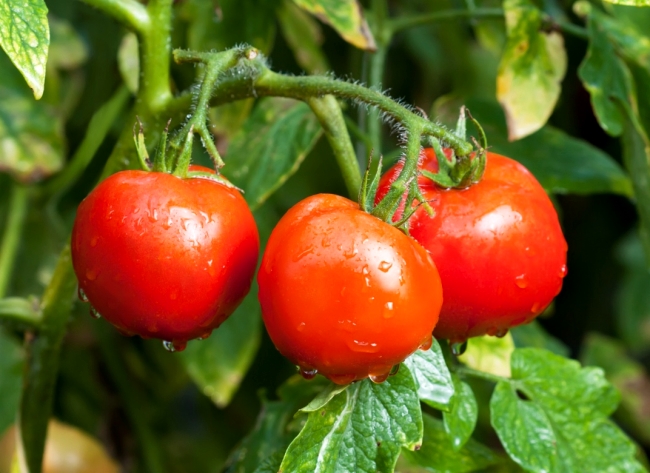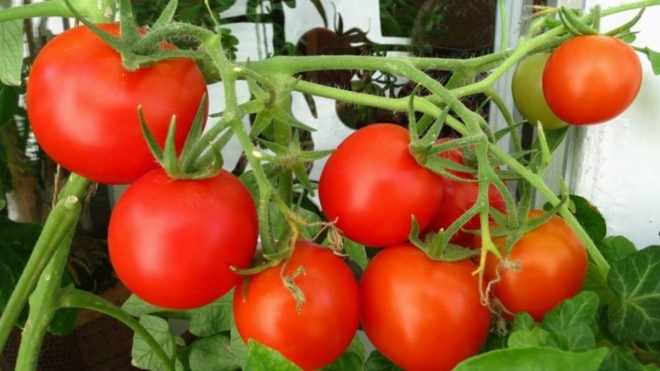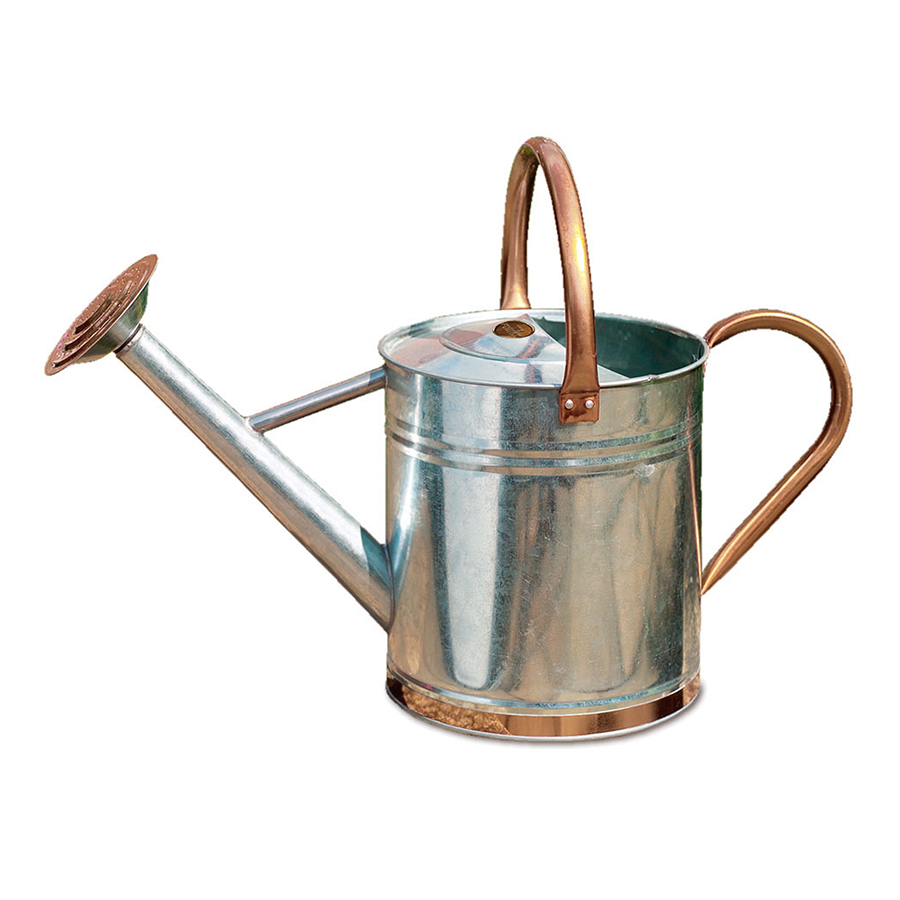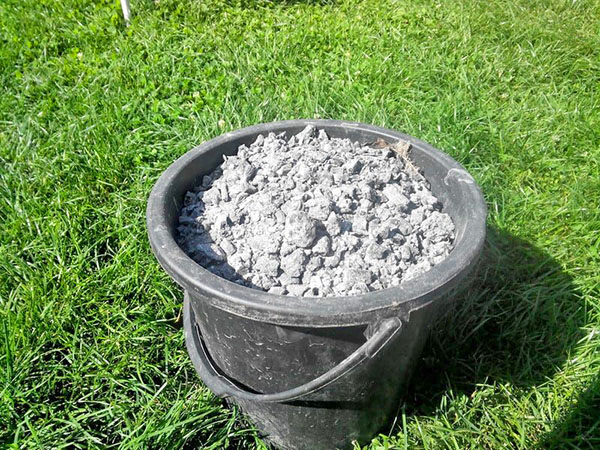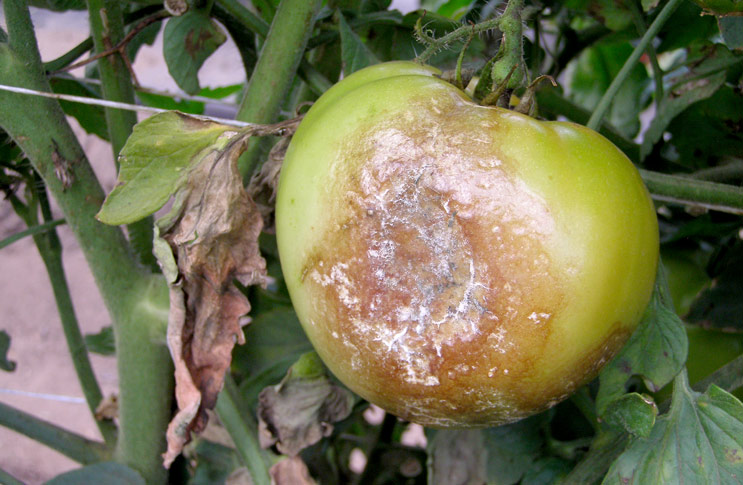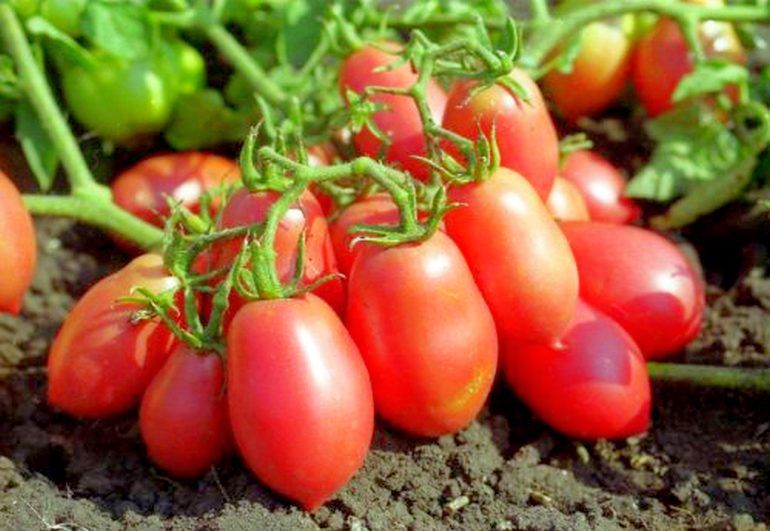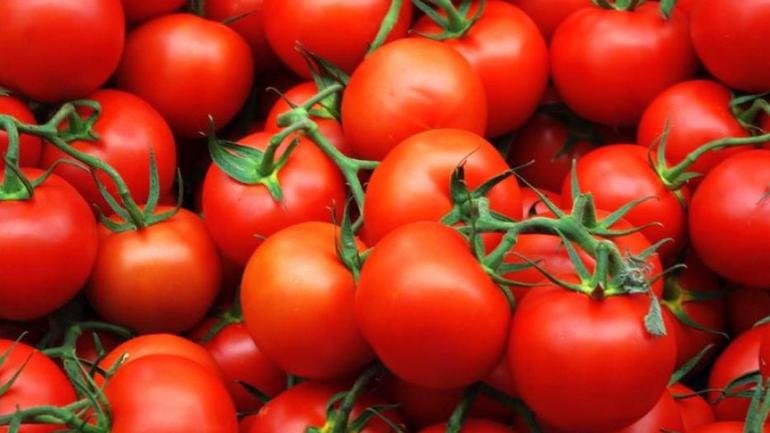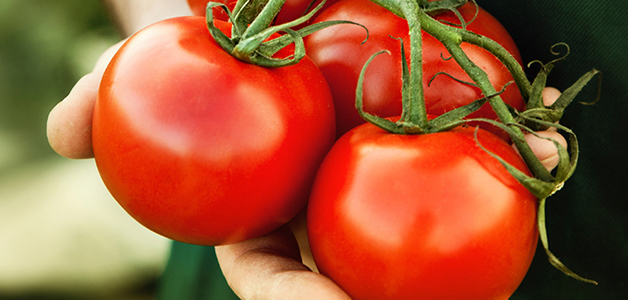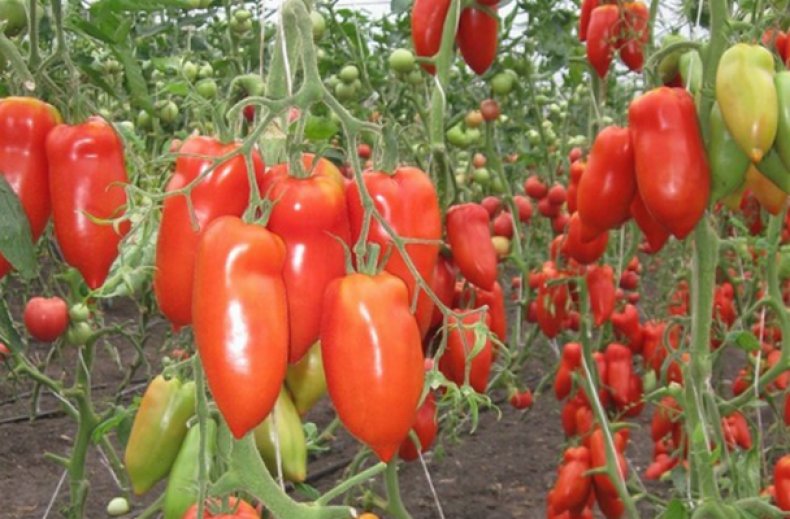Content:
At the end of the last century, at the station of experimental developments. Edelstein, Kazakh breeders, crossing two hybrid varietal tomato crops Mayak and Pushkinsky, bred a new variety - the White filling tomato. The resulting vegetable exceeded all the expectations of the creators - it is distinguished by its absolute adaptability to any climatic conditions, resistance to many diseases, and stable fertility. It is a tried and tested old variety that is still extremely popular with vegetable growers despite the abundance of new hybrids.
Characteristic
Unlike other tomato crops, White filling has limited growth, it does without tying and pinching necessary to stop the growth of a number of varieties. The plant is classified as miniature, with a small bush height. But it can differ in different growing conditions:
- outdoors - up to 60 cm;
- in greenhouse conditions, under the film - up to 75 cm.
The plant has a strong dark green stem with a small amount of light green leaves. Leaves are small, not pubescent, slightly wrinkled, with pointed edges.
Processes are located between the leaves, forming brushes of a simple type. Each bush has 5-6 tomato clusters, each with four ovaries. The plant stops growing by itself, after it gives a certain number of fertile brushes, it does not need punching.
The bush does not belong to a standardized variety; it has a strong fibrous root system. The branchy root part grows in a circle by half a meter.
The inflorescences are of a simple type, consisting of 3 cream flowers. Inflorescences begin to form above 6-7 leaves, the rest arise every 2-3 leaves. Ripe fruits are firmly held on the stalk with an articulation, which does not allow them to fall off prematurely.
Ripening of the White filling is considered ultra-early ripening; under favorable conditions, its fruits ripen 2.5 months after planting in the ground under the open sky. But this is possible in warm climates, or greenhouse conditions must be created for this. The simultaneous ripening of the third part of the fruit allows vegetable growers to quickly harvest, sell or process them. This quality of the variety attracts vegetable farmers.
Features of fruits
Experienced gardeners have long known this variety, and beginners are interested in the characteristics and features of this hybrid. Among the new varieties, this retro tomato stands out for its naturalness.
Description of White filling, its properties:
- The shape of the fruit is round, with flattened tips below and above, without ribbing;
- Tomato weight - from 100 g to 160 g;
- The color is red, upon reaching ripeness it acquires a whitish-milky color scheme, for which it received the name of the apple of the same name;
- The diameter of a tomato reaches 7-10 cm;
- The pulp is fleshy, juicy, has up to 10 chambers;
- The taste is rich, sourness is present;
- The rind is matt, very smooth, firm, but not hard.
The standard yield from one bush is 4 kg of high-quality fruits, under favorable conditions and the use of the latest technologies, it is possible to collect up to 5.5 kg of fruits from a bush.
Growing features
Seedling preparation begins in February. First, you need to prepare the seeds three days before planting.
For this you need:
- soak them in a solution of potassium permanganate for disinfection for half an hour;
- dissolve ash in water 1:10;
- soak the seeds in a solution of wood ash for 5 hours;
- Dry the seeds in a napkin and put them in the refrigerator for 3 days for hardening.
The seedling soil should be free from disease, fertile. Before planting seeds, it must be fertilized. Fertilizers are needed for 10 kg of soil:
- 200 g of wood ash;
- 50 g superphosphate.
Mix everything thoroughly, make grooves and sow dry seeds at a distance of 2 cm.
For the first three days, cover them with foil. Seeds are planted in boxes prepared for this.
Seedling
When the first shoots appear, the seedlings are taken out to a cool place for hardening, with a temperature of 15 degrees Celsius. This will help the vegetable transplant more easily outdoors. First - by 1 hour, gradually increasing this time. Water for irrigation should be warm, at room temperature, watered carefully, at the root.
It is imperative that the seedlings be dived twice: after the appearance of the first shoots and after half a month - the second time. These actions contribute to the development of a powerful root system in the plant.
Seedlings must be fed with ash infusion twice during the growth period. To prevent diseases, spray the sprouts from a spray bottle with a solution: mix 5 drops of iodine with milk whey - 500 ml.
Seedlings need long daylight hours for good development. If natural light is not enough, artificial lighting must be arranged.
What kind of soil is needed
The taste of tomatoes directly depends on the composition of the soil; it is necessary to start preparing it in the autumn months. Calcify the soil in advance, this will enrich it with calcium, magnesium, phosphorus. Then fertilize the soil with humus and mullein.
Landing
In open ground, seedlings should be planted no earlier than after two months of growth. To reduce soreness, the seedlings are not watered for several days before planting. Just before planting, a few hours before that, the plant is watered, carefully taken out of the boxes and transplanted into permanent soil.
Varietal tomato bush White filling is characterized by a small size, therefore 1 sq. meter 4 bushes are planted. There should be a distance of 40-50 cm between plants. For landing you need:
- Dig a hole, its size should be larger than the size of the root of the seedling;
- Fertilize the planting site with mineral fertilizers and mullein;
- Lower the seedling into the hole to a depth of 10-15 cm at a slight angle;
- Direct the roots of the plant to the south, and the trunk to the north;
- Bury the trunk with earth to the first leaves, tamp the earth;
- Immediately after planting, drive in a small peg near the bush, for a future garter;
- Tear off the bottom two leaves so that they do not rot from moisture.
Fertility will increase significantly if peat fertilizers are added to the soil. Immediately after planting, the seedlings must be covered with foil to protect them from morning frost. Open the film at high temperatures and sunny weather.
Watering
White filling - the tomato is thermophilic and does not tolerate cold water. It must be watered with water at room temperature or slightly warmed up. Watering should be regular, do not allow the soil to dry out at the root. Moisten only the ground, not getting moisture on the leaves and stem.
Fertilizer
Like any other variety, White filling needs fertilization. For this type of tomato, the following fertilizers are most suitable:
- dissolve the mullein with water, in a ratio of 1:10, let it brew for a day, pour 500 ml under the root of the bush, once a week;
- Mix 200 g of wood ash with boric acid 20 g, stir in a bucket of water, water when the ovary appears;
- infusion of brilliant green - nettle, dandelions insist in water and water the plant under the root;
- it is recommended to spray the top of the plant with Bordeaux liquid to prevent late blight and spotting.
Care
White filling is very unpretentious and does not require special treatment. The bush is undersized, so you don't need to tie it up. No pinching required to restrict growth.
No need for pinching in warm climates. In the northern regions, stepchildren cut off, leaving one or two stems.
Basically, care consists in infrequent watering and fertilization of the plant. We should not forget about preventive measures against late blight and timely process tomatoes with the necessary preparations.
Advantages and disadvantages
Without delving into comparative characteristics with new hybrid super-varieties, the following advantages can be distinguished in White filling:
- completely undemanding to care;
- early maturing;
- simultaneous ripening of most of the fruits;
- unpretentious, cold-resistant;
- well transported;
- harvest is ensured in any conditions;
- rich tomato flavor.
Disadvantage - the plant is easily infected with late blight, but timely treatment with disinfectants will not allow infection.
A common tomato variety White filling has been attracting amateur gardeners and agricultural technicians with its stable performance for 50 years. Having planted this crop, there is no doubt about a guaranteed yield.
